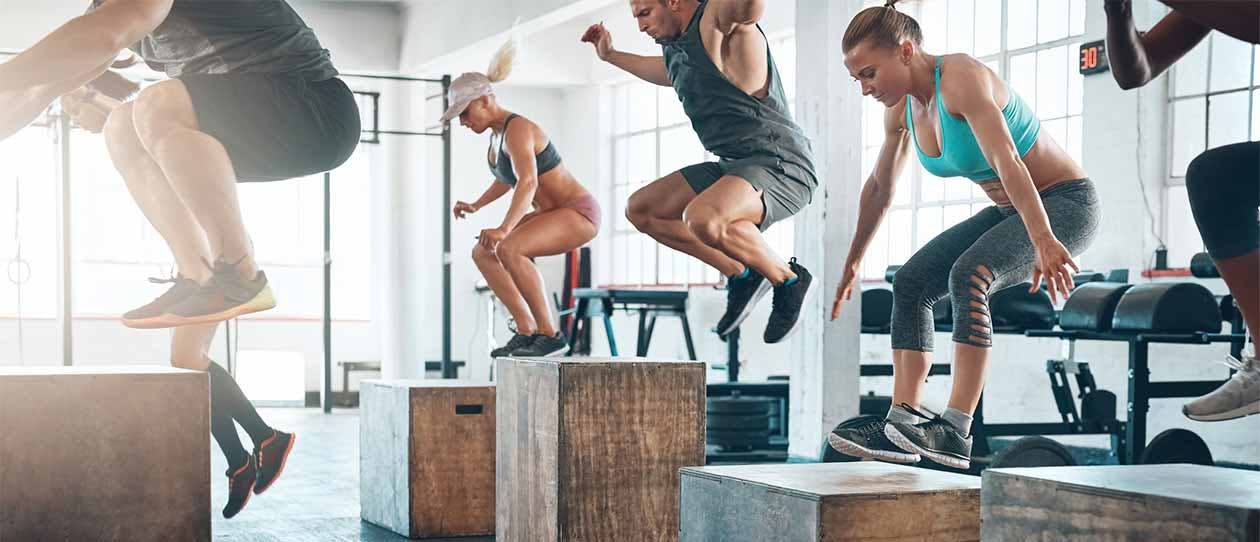Essentials for a successful functional training workout
Apply these three functional training principles to your workout routine.
1. Variety – Work your muscles in a variety of different ways to best prepare them for movement that is relevant.
For example, the chest muscle (
pectoralis major) has a primary role in the tennis forehand. If you just perform chest exercises on a pin loaded weights machine, your chest will become strong for a specific movement pattern. But the ball comes towards you at varying speeds, heights and angles, so you won’t hit exactly the same forehand shot every time.
It’s better to also include additional chest exercises that develop strength through a variety of movement patterns and speeds. This could include push ups, chest flyes, incline and decline bench press, and fast rubber strap chest exercises.
2. Instability – Training muscles while placing your body in an unstable environment helps to improve balance, prevent injury, boost core strength, and target the stabilising muscles around your joints.
Practically speaking, this means performing exercises while lying on inflatable fit ball, standing on a bosu (inflated half ball) or standing on one leg. Instability can also be added by equipment that distributes weight differently, such as kettle bells, rubber straps, or
TRX suspension straps.
3. Mimic the speed of your movement - The speed of movement is also important. Many people perform traditional strength training exercises at a slow, controlled speed, but that rarely translates to the type of movement seen on a sporting field.
Most sporting activity involves, explosive, high-speed muscle action, so it’s important to replicate that type of movement when training for a specific sport. For example, slow and deep squats may boost thigh strength, but jump squats holding a light pair of dumbbells would help you jump higher on the basketball court.
Please also note that explosive and fast movements can make you more susceptible to injury, and are certainly not suitable for beginners. Seek expert guidance if you have any concerns or injury history.


